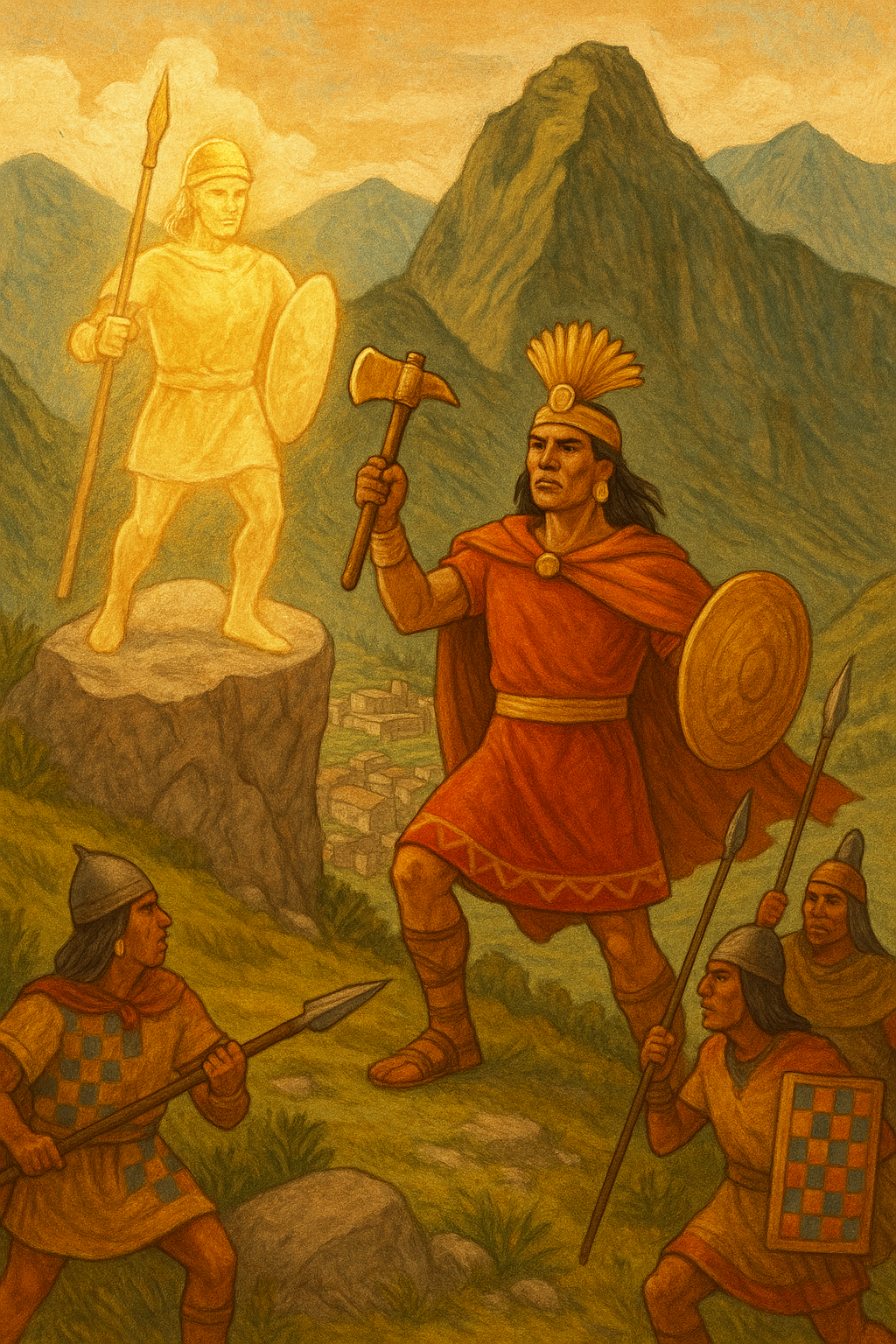Lesson 4: The Inca Empire (The Early Americas)
🏔️ The Rise of the Inca Empire
Long ago, high in the Andes Mountains of South America, a small group of people called the Inca began to grow strong. Around the year 1200, they started building their kingdom in a city called Cuzco (in today’s Peru).
A legend says the first Inca ruler, Pachacuti, saw a stone turn into a shining warrior who told him to fight. Pachacuti listened and became a great leader. He and his army conquered nearby lands. By the 1400s, the Inca ruled a huge empire that stretched more than 2,500 miles—longer than any empire in the Americas.
🧺 Society and Daily Life
In Inca society, the Sapa Inca (the emperor) was at the top. People thought he was the son of the sun god. Below him were nobles, priests, soldiers, farmers, and workers.
Most people were farmers. They grew potatoes, corn, and quinoa on terraces—steps built into the mountains. They used llamas and alpacas to carry goods and give wool.
There was no money in the Inca Empire. Instead, people gave labor, or work, to the government. This was called mita. In return, the government gave food, clothes, and protection.
🧱 Building, Art, and Oral Literature
The Inca were amazing builders. They made strong stone buildings without cement! Their stones fit together so well that even an earthquake couldn’t break them. One of the most famous Inca cities is Machu Picchu, high on a mountain. It’s still standing today!
They made colorful textiles and gold jewelry. But they did not have writing. Instead, they used quipus—strings with knots—to keep records.
Stories, history, and poems were told by mouth. Special people called oral historians remembered and passed them on. One story tells of a great flood, where a man and woman survived by hiding in a box that floated on the water. Many stories had lessons about respecting nature and the gods.
⚔️ Pizarro Conquers the Incas
In 1532, a Spanish man named Francisco Pizarro came to the Inca land with only about 180 men. At that time, the Inca had just finished a civil war, and their new ruler, Atahualpa, had many enemies.
Pizarro met Atahualpa and said, “Become a Christian and follow the king of Spain.” Atahualpa refused. The next day, the Spanish attacked. Even though the Inca had a huge army, they were surprised. Pizarro’s men had horses, guns, and steel swords.
The Spanish captured Atahualpa. He offered a room full of gold to be free—but after taking the gold, Pizarro killed him. In 1533, the Spanish took Cuzco and ended the Inca Empire.
